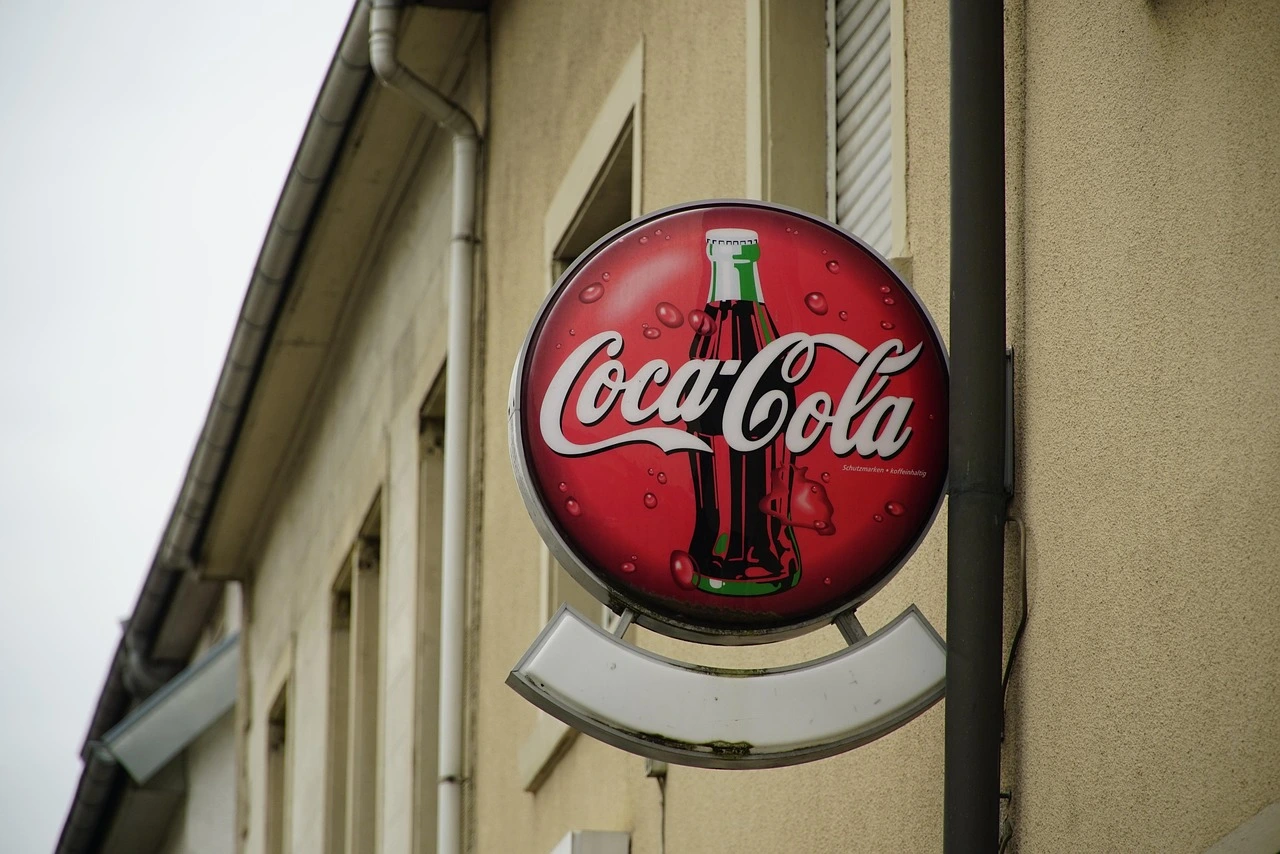
Social media advertising has become a core component of digital marketing strategies. With billions of active users across platforms, social media allows brands to connect directly with their target audiences in highly engaging ways.
1. Target Highly Specific Audiences
One of the major advantages of social media advertising is the ability to target your ads to highly specific audiences based on demographics, behaviors, interests, and more.
Case Study: Coca-Cola
Coca-Cola’s social media advertising campaign “Share a Coke” targeted Millennials with personalized product labels that encouraged social sharing. Their ad strategy used demographic and location-based targeting to connect with the right audience in an emotionally engaging way.
Lesson Learned: Social media allows precise targeting to ensure your message reaches the audience most likely to engage with and buy your products.
2. Drive Traffic to Your Website
Social ads can serve as an excellent traffic driver, guiding potential customers to your website or product pages. Using compelling visuals and a clear call-to-action (CTA) makes your ads more effective in converting clicks to leads.
Case Study: H&M
H&M ran targeted Facebook and Instagram ads promoting seasonal collections, with links directly to purchase pages. These campaigns not only increased brand awareness but also drove immediate traffic, boosting e-commerce sales.
Lesson Learned: Social ads should always include a strong CTA that directs users toward your business goal, such as product purchases or lead generation.
3. Increase Brand Awareness Through Engaging Content
Social media ads, particularly those featuring engaging visuals, videos, and interactive content, help build lasting brand awareness. These ads can go viral, reaching people far beyond your immediate follower base.
Case Study: GoPro
GoPro leverages social media advertising to showcase user-generated content featuring epic adventures filmed with their cameras. Their ads feature high-action visuals that speak directly to their target demographic: adventurous individuals and athletes.
Lesson Learned: Engaging, shareable content amplifies brand exposure and engages your audience beyond traditional formats.
4. Measure and Optimize Campaigns in Real-Time
Social media platforms provide businesses with detailed analytics on ad performance. By monitoring click-through rates, conversions, and engagement metrics, brands can make real-time adjustments to optimize their campaigns.
Case Study: Sephora
Sephora uses real-time data to optimize its ads on Instagram and Facebook. Through A/B testing and continuous analysis, they make adjustments to creative elements, CTAs, and targeting to ensure their campaigns remain high-performing.
Lesson Learned: Constantly optimizing social ad campaigns based on performance metrics ensures that you’re not just spending money, but seeing substantial returns.
Conclusion
Social media advertising offers businesses an unparalleled opportunity to reach specific audiences, drive traffic, increase brand awareness, and measure performance. With examples from Coca-Cola, H&M, GoPro, and Sephora, it’s clear that the right strategy can bring transformative growth.
💡 Ready to leverage social media ads for your business success?
Let’s create a campaign that connects and converts!






